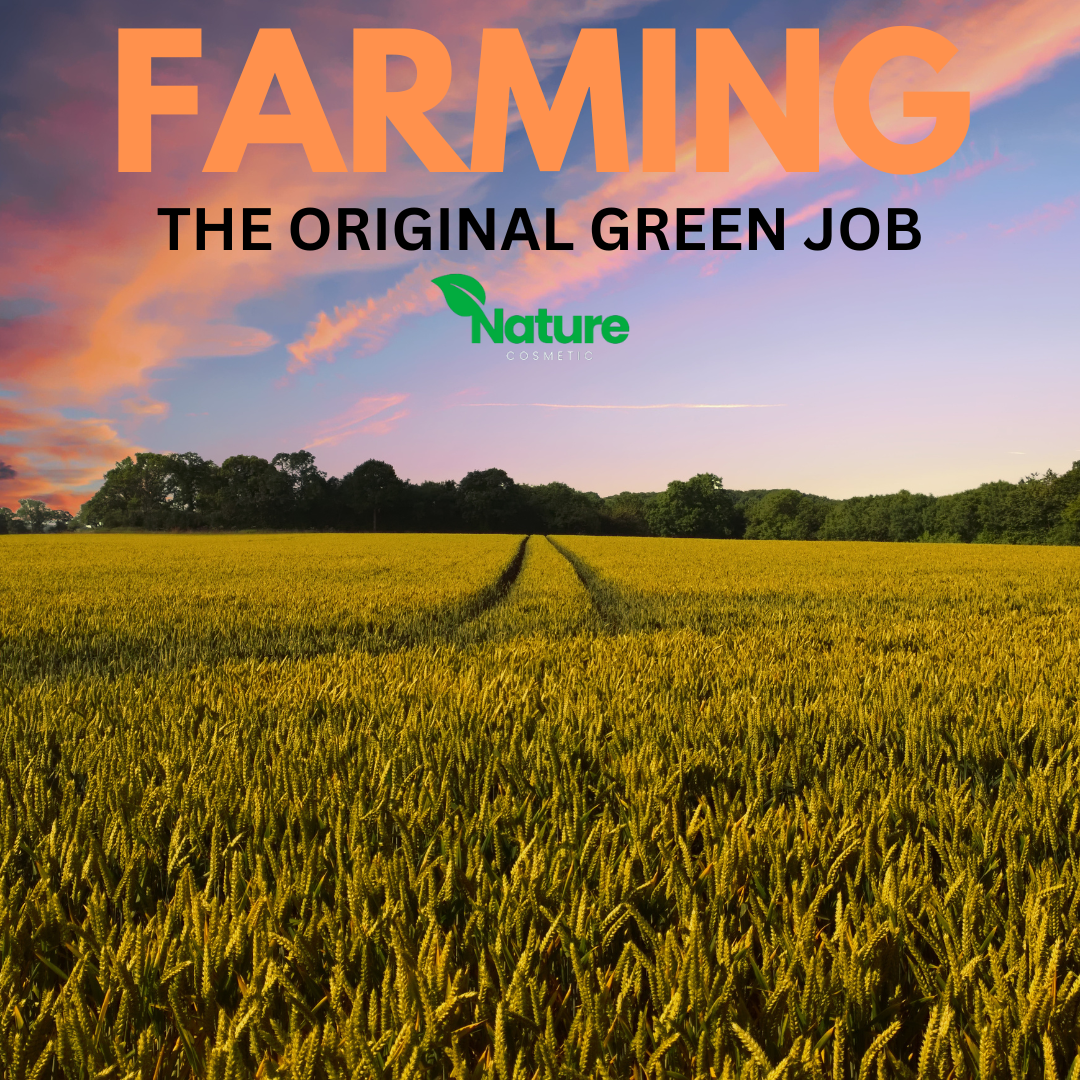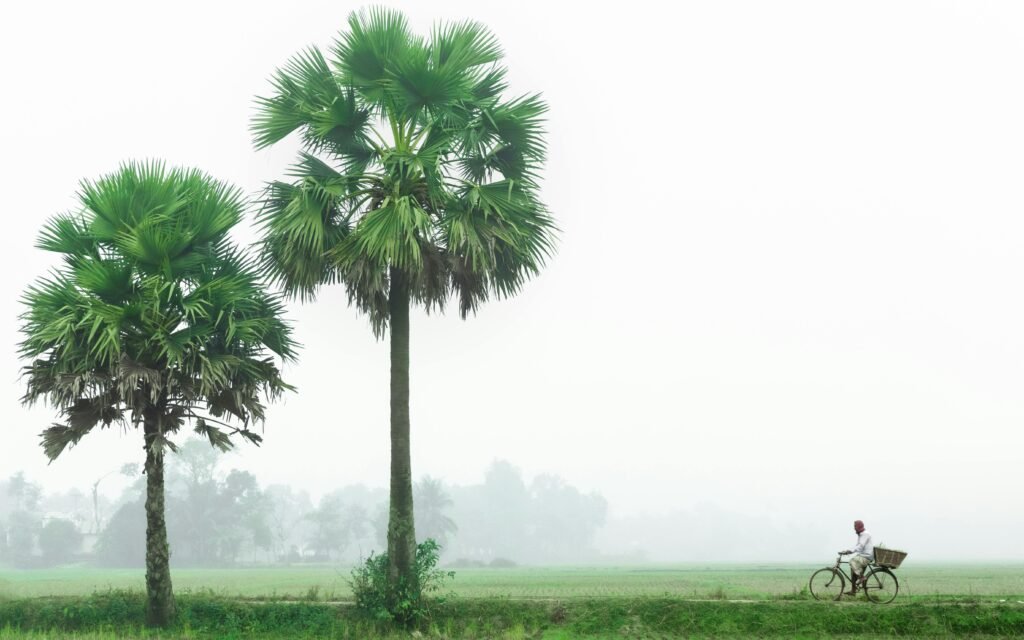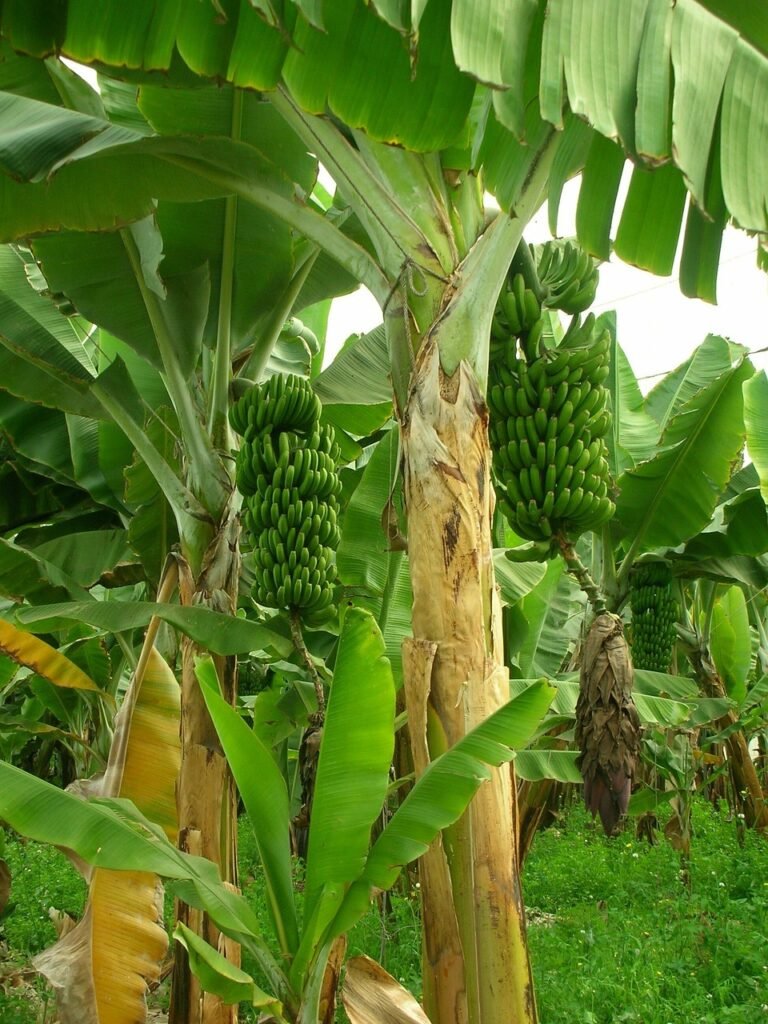AGRICULTURE AND FARMING

"Agriculture is the most healthful, most useful, and most noble employment of man." — George Washington


"Golden fields embrace the setting sun, as a village farmer’s day comes to a peaceful close.
Explore The Field !
"Step into the heart of nature—where golden fields whisper stories of hard work and harvest. 🌾
TYPES OF FARMING
1. Subsistence Farming
- Farmers grow food mainly for their own consumption.
- Small-scale, traditional methods.
2. Commercial Farming
- Crops and livestock are produced for sale and profit.
- Uses modern technology, machinery, and high-yield seeds.
3. Organic Farming
- Avoids synthetic fertilizers and pesticides.
- Focuses on natural and eco-friendly techniques.
4. Intensive Farming
- Maximizes output from a small area using high inputs (fertilizers, pesticides, irrigation).
- Common in densely populated areas.
5. Extensive Farming
- Uses large land areas with minimal inputs and labor.
- Common in areas with low population density.
6. Plantation Farming
- Large-scale farming of cash crops like tea, coffee, rubber, and sugarcane.
- Requires a significant labor force.
7. Mixed Farming
- Combines crop cultivation and livestock rearing.
- Provides multiple sources of income for farmers.
8. Pastoral Farming
- Focuses on raising livestock such as cattle, sheep, and goats.
- Common in dry and mountainous regions.
9. Shifting Cultivation
- Farmers move from one plot to another, allowing soil to regain fertility.
- Practiced in forested areas.
10. Terrace Farming
- Farming on steep slopes using terraces to prevent soil erosion.
- Common in hilly regions like the Himalayas.
11. Aquaculture (Fish Farming)
- Raising fish, shrimp, and other aquatic organisms for consumption.
- Includes freshwater and marine farming.
12. Hydroponic & Vertical Farming
- Growing crops without soil using nutrient-rich water.
- Vertical farming stacks plants in controlled environments.





